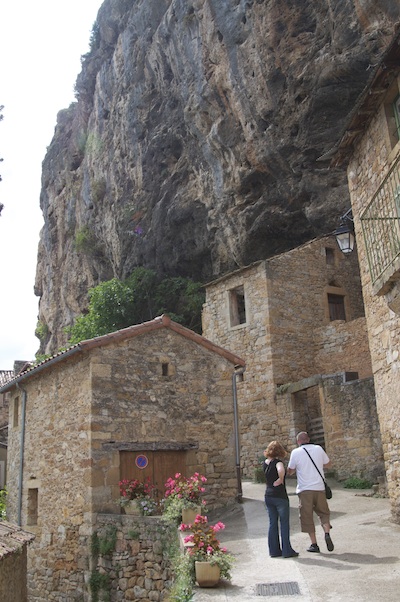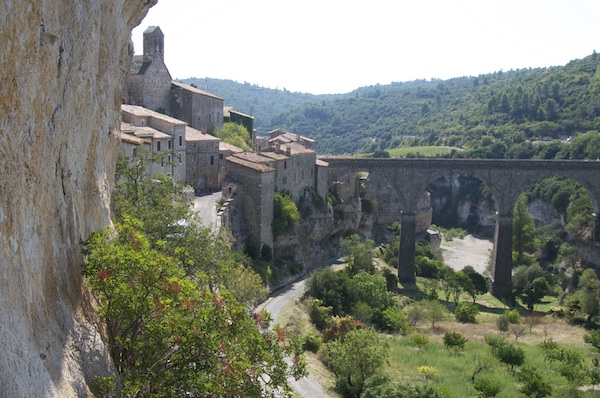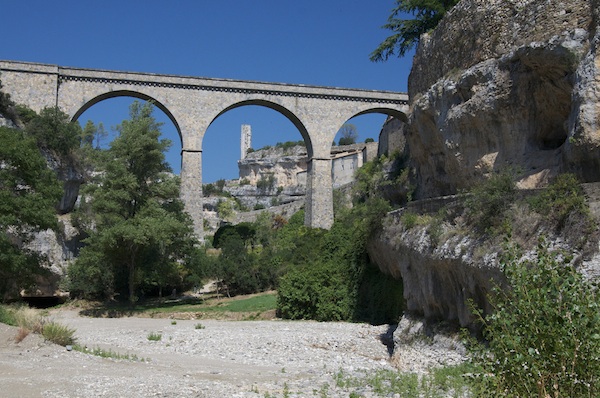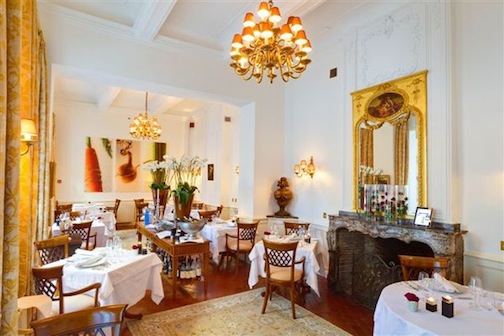Some notes I compiled in response to a query from a fellow-Victorian regarding renting accommodation in France, sight unseen, over the internet.
The only way to make the process of finding and booking a place successful and endurable is to narrow things down:
1) Which region you are interested in? Lots of Peter Mayle-genre books, by people writing about their adventures travelling in/moving to/living in/interacting with natives in various regions of France exist; the Victoria public library has a good selection. Peruse them, talk to people, yada-yada. That’s how I focussed on Mirepoix for part of our first recent trip to France in 2009: Angela Murrill’s Hot Sun; Cool Shadow was the book that did it for me.
2) What you want to do while you’re there? (food? Michelin-starred restaurants? markets? wine tastings? beaches? hiking? artisan shops? barging down the Midi Canal? accessibility to getting elsewhere? History of the French/Roman/medieval variety? pre-history? museums?… etc.) The answers will inform your decisions re: 1), as well as where you decide to stay within a region.
3) Do you want the village, the city, or the country experience? There are advantages and disadvantages to each, and your decision should be based on 2) and your personality and tastes. Gaston and I are both introverts at heart, and we really like the “little house in the woods” experience, but it does mean we have to drive 15 minutes to pick up the daily baguette. We’re fine with that, having also tried the village “walk out the door and down the street to the bakery” experience in 2009. We found village life to be a bit too noisy-ish, busy-ish, and nosy-ish for us (it really brought out Gaston’s until-then secret nosy-ness). And the townhouses that exist in old villages are a bit like caves, with narrow street fronts and few windows. That was kind of weird. And dark. But you might like it. There is certainly something to be said for walking down the street for your morning coffee and croissant. As I said: personality and taste.
4) If you have the time, aren’t sure, and are opening to trying different kinds of experiences, book a week at each of a number of different kinds of accommodations in different settings, and decide which you like best for future reference. This is what we did. We booked our first week in a working farm village in the côtes du Rhone area (http://www.lamaisondesroses.info/#!__region); our 2nd week south of Mirepoix, and our third week south of Pézenas, in Nézignan-l’Evêque. Each was in a very different setting, in a different region, with different kinds of things to recommend it.
As to websites, we’ve found vrbo.com to be helpful, except when booking in Paris (there, we prefer rentparis.com). We’ve also used homeaway.com (owned by the same parent company as vrbo, but not as expensive to landlords, apparently), which tend to have more French-owned places for rent. (VRBO has a lot of ex-pat rentals.) French-owned may mean you get to experience firsthand the difference in standards in cleanliness/fastidiousness that exist French vs N. American/British. But then again you may not: it may be fabulous. The website gites de france.com targets the French, but we found some great B&Bs through it. I’ve seen signs in stunning little villages for CléVacances.com, as well, which might be worth checking out—We’re especially intrigued by N° D’AGRÉMENT: 81MS00191 in Hautpoul, on the north edge of the Montagne Noire, above Mazamet.
There are things to be wary of when booking via the internet: scrutinise the photos, and be aware that most of the photos are taken with fish-eye lenses, so the rooms appear much larger than they actually are. Also, the photos may be several years old, and may or may not reflect maintenance. Try to plot out the size and arrangement of the place from the photos. Read the reviews. Unfortunately, VRBO permits hosts to filter reviews about their units, but nonetheless if you read the reviews with a critical eye and read between the lines, you can determine a lot of what isn’t being said. Communicate with the owner, ask questions, etc.





